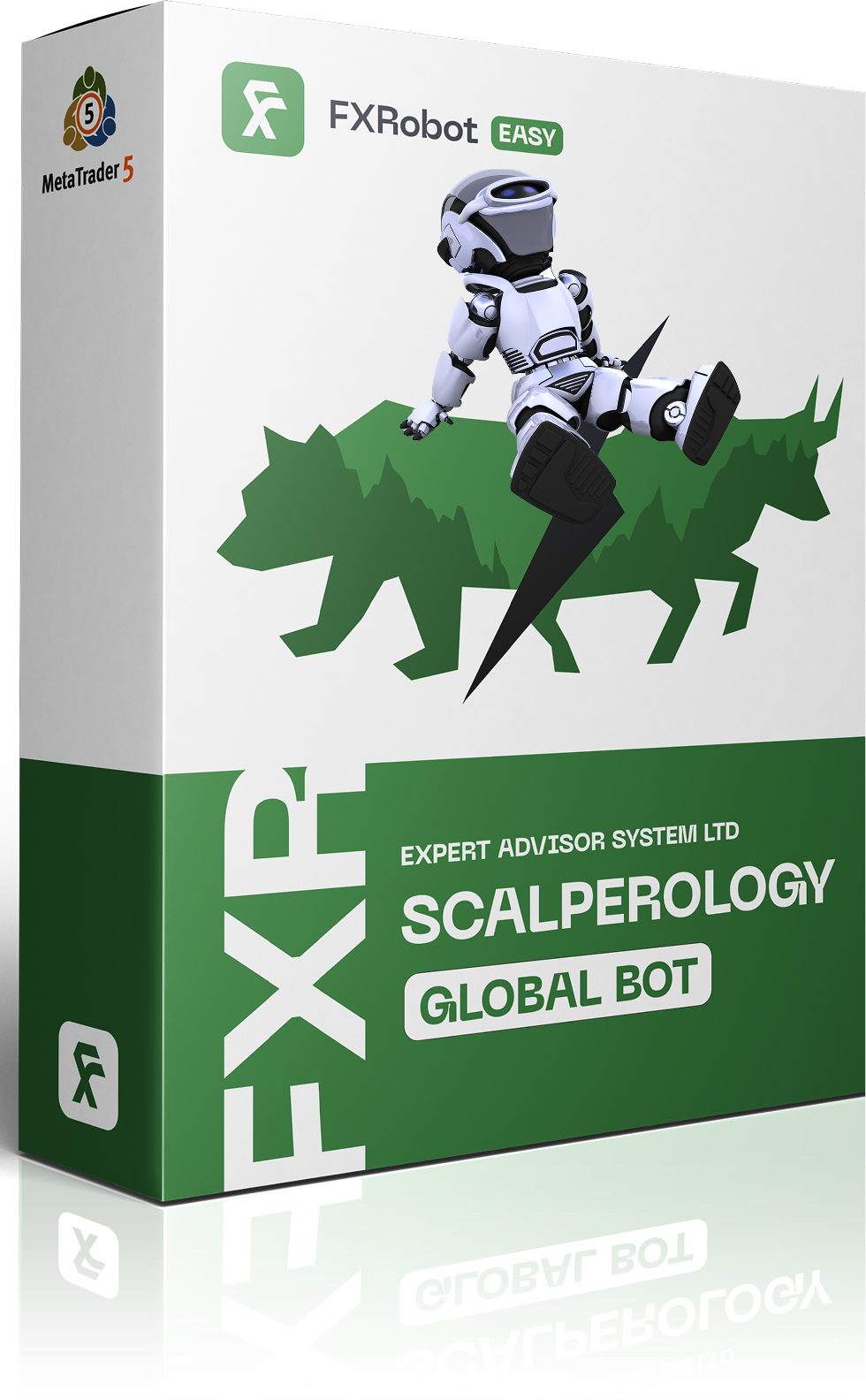At this time, purchasing EASY Bot items is not available to all members. Read more - how to get access to purchase
EMA





What is EMA?
EMA stands for Exponential Moving Average, a popular indicator used in technical analysis to smooth price data and identify trends over a specified period. Unlike the Simple Moving Average (SMA), which weights all prices equally, the EMA gives more significance to recent prices, making it more responsive to new information. 📈
How is EMA Calculated?
The EMA calculation uses a specific formula that includes a smoothing factor, which adjusts the weight applied to the latest price. The basic steps are:
- Choose a time period (e.g., 10-day, 50-day).
- Calculate the multiplier:
Multiplier = 2 / (n + 1), wherenis the selected period. - Start with the first period SMA as the initial EMA.
- For subsequent periods, use the formula:
EMA_today = (Price_today * Multiplier) + (EMA_yesterday * (1 - Multiplier)).
Applications of EMA
Traders use the EMA in various ways, including:
- Identifying trends: If the price is above the EMA, it signals an uptrend; below the EMA indicates a downtrend.
- Signal generation: Crossovers are watched closely, where a shorter period EMA crossing above a longer period EMA may indicate a buy signal and vice versa. An example includes the EMA Crossover Pro EA which uses two EMAs to determine buy and sell signals.
- Support and Resistance: EMA levels can act as dynamic support or resistance levels, especially in trending markets.
Popular EMA Strategies
Several strategies can be implemented using EMAs, such as:
- Crossover Strategy: Traders often use pairs of EMAs with different periods, like 12 and 26 days. A crossover signifies a potential entry or exit point.
- EMA Cloud Strategy: Includes multiple EMAs to create a 'cloud' that helps visualize trends and potential reversals. Ripster's techniques involve using combinations like 5-12 or 34-50 EMA clouds for day trading.
- Combination with Other Indicators: Many traders combine the EMA with oscillators or fractals to enhance trading signals, improving decision-making. The YK-SMART-EMA is a good example, using multiple EMAs to provide insightful trend analysis. 🌟
Limitations of EMA
While the EMA provides valuable insights, it is not foolproof. Traders should be aware of:
- Lagging Signals: Even though it's more responsive than the SMA, EMA still lags behind price movements, which can lead to late entries.
- Whipsaw Effect: In a ranging market, EMAs can provide false signals, leading to losses if not used correctly.
- Dependence on Timeframe: The effectiveness of an EMA can vary significantly based on the chosen timeframe, affecting strategy outcomes.